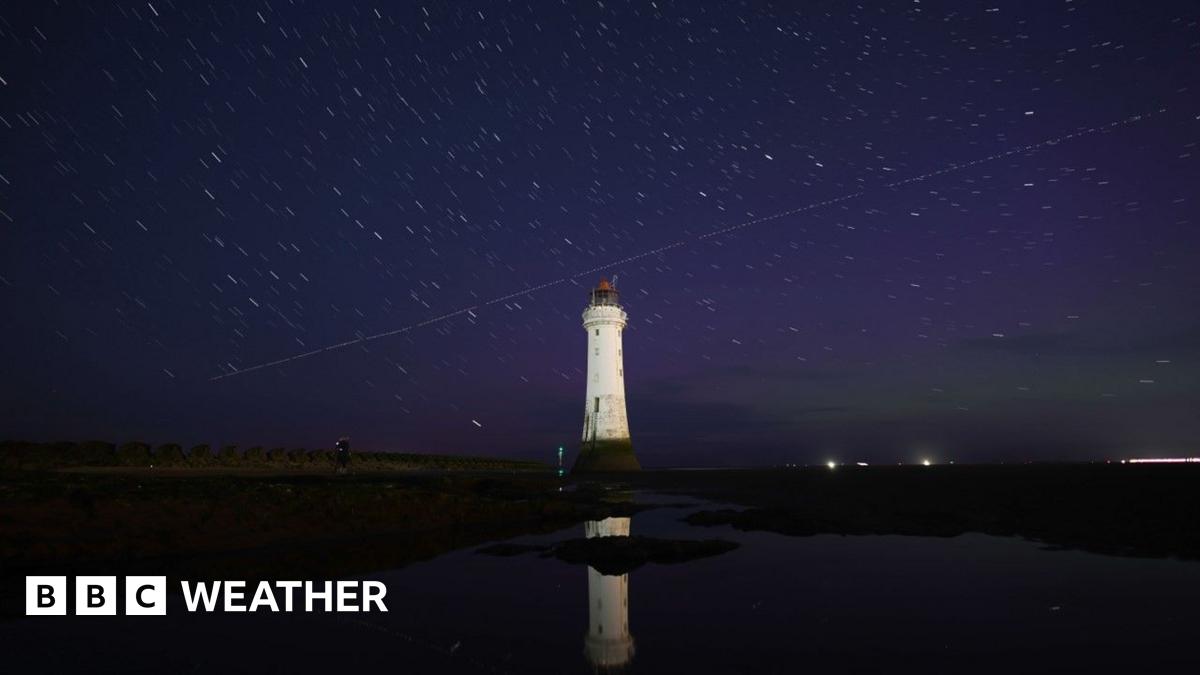Perseid Meteor Shower 2025: How and when to see it
- BBC News
Stargazers in the UK can look forward to a spectacular celestial treat over the next month as the Perseid meteor shower streaks across the night sky.
It is one of the brightest and fastest meteor showers of the year and occurs when Earth passes through the debris of Comet 109P/Swift-Tuttle.
The shower will be active until 24 August, but the continual clear skies we enjoyed earlier in July seem a distant memory already.
Recent wet weather should give way to less showery conditions in the week ahead and hopefully some more clear spells by night to allow for a better view of the night sky at times.
A meteor is photographed from Switzerland as it passes across the Milky Way during the 2024 shower
Meteor showers happen when dust from a passing comet or asteroid passes through the Earths atmosphere. The tiny particles - roughly the size of a grain of sand - vaporise creating visible streaks of light.
In the most dense parts of the dust stream more meteors are visible.
Comet 109P/Swift-Tuttle is a periodic comet meaning it has an orbit of less than 200 years. It was first discovered by Lewis Swift and Horace Tuttle - hence the name.
To find the Perseid meteor shower it is best to look for the point in the sky where they appear to originate from - known as the radiant - which for this one is in the constellation of Perseus.
It should be easiest to spot a meteor in the northern hemisphere between midnight and an hour before sunrise, but of course its all dependent on the cloud cover so it is worth checking the weather where you on the BBC Weather app or website first.
Ideal conditions for viewing are a dark, clear sky with a wide unobstructed view. You dont need binoculars or a telescope.
The further away from light pollution you are, the better chance you will have of seeing the meteors but you might need to give your eyes time to adapt to the lower light.
The Perseid meteor shower over China, August 2018
The number of meteors will increase every night until the Perseids reach their maximum on 12 August, however, the full Moon on 9 August may make the showers harder to see due to the increased light.
Usually during this time you would be able to see up to 150 meteors per hour. Fireballs which are larger and brighter explosions of light and colour and last longer than an average streak should also appear, as well as meteors with long trains.
A new Moon on 24 July means skies will be darker during this time, which should make the meteor showers easier to view ahead of their peak - depending of course, on the weather.
You can check the conditions where you are at BBC Weather online, or on the app.